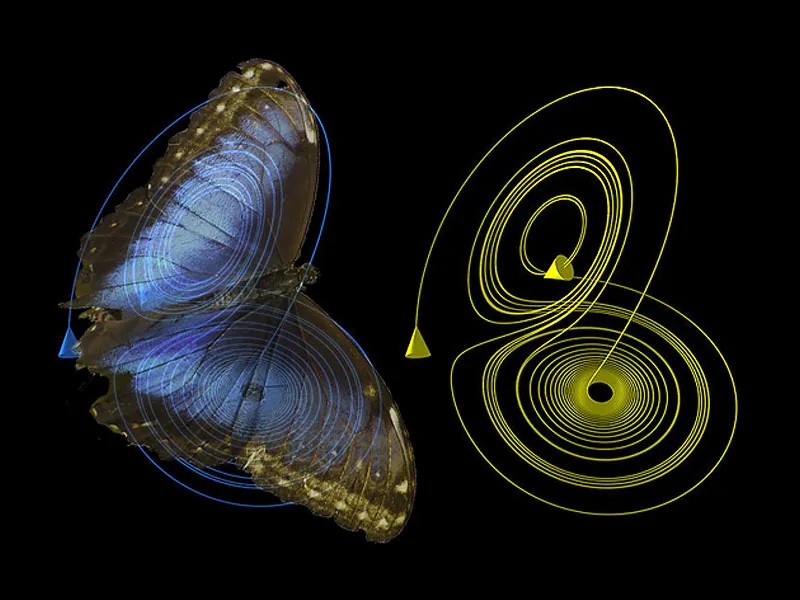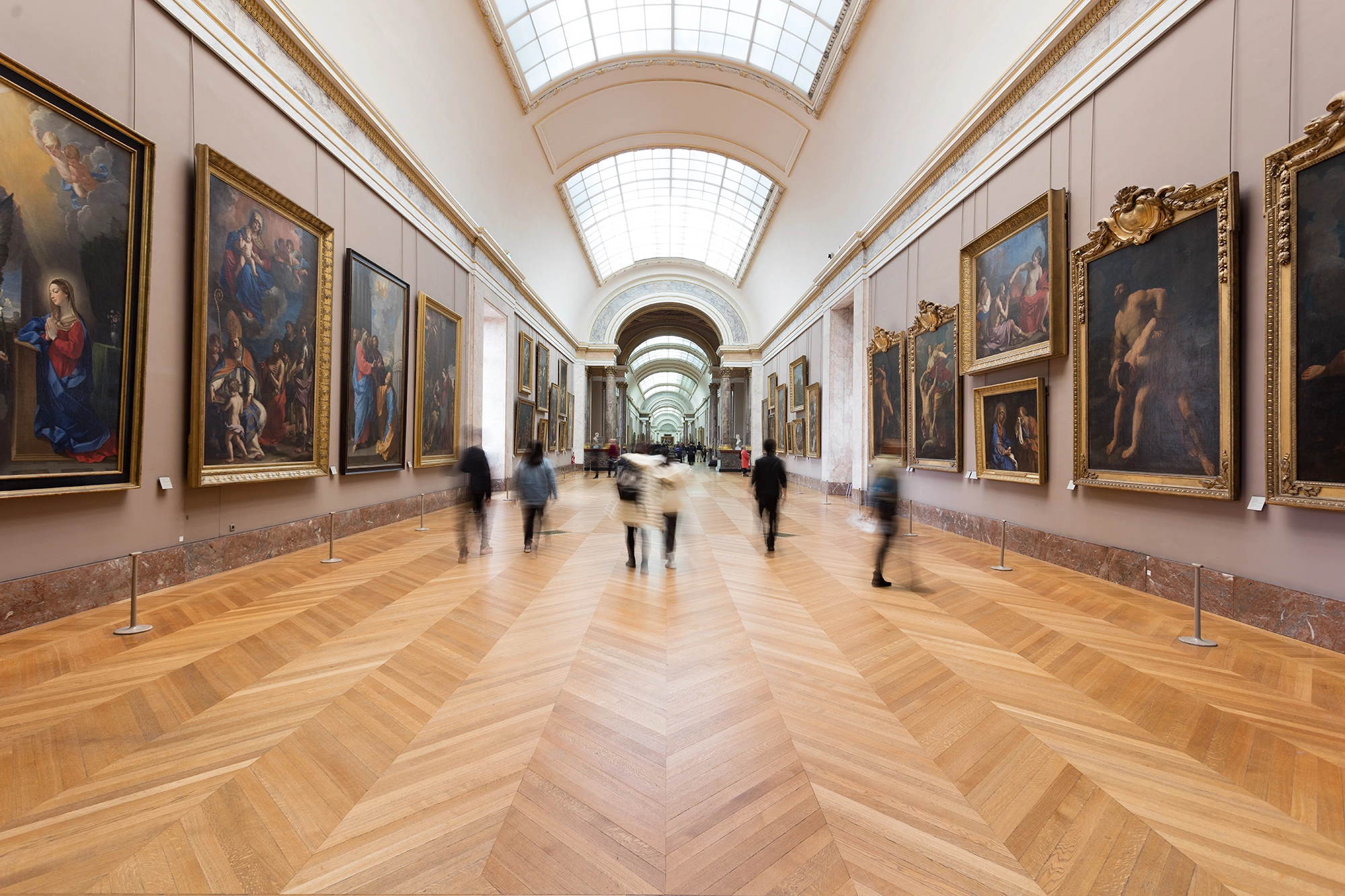Analysis and backstories on the art and sculptures I saw at the Louvre recently!
Recently, I had the incredible opportunity to visit the Louvre and as I wandered through, I encountered a myriad of statues and art pieces that sparked my curiosity and inspired me to delve deeper into the stories and inspirations behind them. From statues based on myths more familiar to me, like Psyche and Eros, to lesser-known works such as the evocative statue by Honoré Pelle, each piece has a unique tale to tell. In this blog post, I will share my discoveries and analysis, shedding light on the fascinating history and creative brilliance that define these pieces. I hope you enjoy and perhaps learn something new as well!

1641 – 1718
The statue “Time Lifting up Virtue and the Arts,” by Honore Pelle, located in the Louvre, is a profound allegorical work that provides rich insight into the cultural and philosophical values of the late 17th century. This statue, acquired for King Louis XIV’s Château De Marly, personifies Time as a male winged figure lifting and crowning a nude female figure, representing Virtue, surrounded by three putti (small angels) holding attributes of the arts: sculpture, architecture, and painting.
The significance of Time holding up the arts lies in its representation of the eternal nature of artistic achievements. By depicting Time elevating Virtue and the arts, the statue suggests that true art and virtue transcend temporal bounds, achieving immortality. This idea reflects the belief that artistic and intellectual pursuits are timeless and essential for the progress and enlightenment of society. Having researched a little further into why King Louis XIV comissioned this statue, I disovered how even the context of the statue’s creation further enriches this interpretation; during the reign of Louis XIV, often known as the Sun King, there was a great flourishing of culture in France. Louis XIV was a notable patron of the arts, using art to symbolize power, glory, and the eternal legacy of his reign. In fact, Louis XIV even established the Royal Academy of Fine Arts “to control matters of art and artistic education by imposing a classicizing style”. Hence, this statue aligns with his vision, celebrating the triumph and importance of culture and creativity. Additionally, the late 17th century, known as the Baroque period in art, saw a revival of classical ideals, emphasizing grandeur, drama, and movement, along with classical themes of antiquity.
To reiterate, the choice of Time as the figure lifting and crowning Virtue and the arts is particularly significant. By using Time to elevate Virtue and the arts, Pelle underscores the notion that these elements are crucial not only in the present but throughout all ages. Moreover, the duality of Time is significant: while time can bring change and decay, it also has the power to preserve and immortalize. Thus, the arts and virtue are portrayed as transcending the ordinary flow of time, achieving a form of timelessness through their lasting impact and value.
In summary, the statue “Time Lifting up Virtue and the Arts” completly embodies the cultural and philosophical ideals of the late 17th century, celebrating the enduring significance of art and virtue. It reflects the grandeur of Louis XIV’s artistic patronage and showcases the lasting impact of cultural achievements across time by using classical mythology and allegory to convey its message.

Psyche Revived by Cupids Kiss by Antonio Canova
1787
The statue “Psyche Revived by Cupid’s Kiss,” housed in the Louvre, captures a significant moment from the myth of Cupid and Psyche. Created in 1787, it is regarded as a masterpiece of Neoclassical sculpture but also embodies the intense emotion characteristic of the Romanticism movement at the time. This artwork represents Cupid at the height of love and tenderness, immediately after awakening the lifeless Psyche with a kiss. In the following paragraph, I will delve further into the myth of Cupid and Psyche, explaining how Cupid, struck by his own arrow, fell deeply in love with Psyche and the trials they endured.
Psyche was so beautiful that people worshipped her as the new incarnation of Venus, causing real-life suitors to avoid her in fear of rejection. Her father, seeking guidance from the Oracle of Apollo on her lack of suitors, was instructed to leave her on a rocky crag to marry a cruel serpent-like creature. Having been dropped off on the crag, the West Wind, Zephyr, transported Pysche to a palace where an unseen voice welcomed her and informed her of her awaiting husband. Though fearful at first, Psyche discovered her husband was gentle and kind and not serpent-like at all. However, after Psyche asked who he was, he insisted she could never know or see him (and that it was also unecessary to if Pysche trult loved him). Curious, Psyche lit an oil lamp while he slept and discovered he was Cupid. Startled by this discovery, she spilled hot oil on him, and he fled, believing their love was doomed and claiming “love cannot dwell with suspicion”. To understand why Cupid was chosen for this myth, it is essential to explore the backstory of how he fell in love with Psyche:
This began when Venus (Cupid’s mother), jealous of Pysche’s extroadinary beauty which drew worshippers away from her, sent him to make Psyche fall in love with a monster by firing one of his love-inducing arrows at her. Struck by Psyche’s beauty however, Cupid accidentally pricked himself with his arrow, causing him to fall deeply in love with her instead. Unable to follow through on his mother’s plan, he arranged for Psyche to live in a hidden palace where he visited her each night without revealing his identity.
Now, Psyche – desperate for help to get Cupid back- sought help from Venus, who set her a series of impossible tasks. First, sorting a massive pile of seeds into their individual sections in a single night, a task which ants helped her complete. Next, gathering golden fleece from a dangerous sheep known for disembowling stray adventurers, was aided by a river god. And lastly, retrieving a drop of beauty from the queen of the Underworld, with instructions from an unseen voice telling her how to get passed the three headed dog Cerberus, and how to get accepted onto Charon’s boat. Having completed these tasks, Pysche returned to Venus but before meeting her, in attempt to gain some of the beauty from the drop collected, she succumbed to a deep sleep found in the opened box instead. Cupid, now healed from his burns, rushed to Psyche, and with a kiss he infused her with life and love once again. Admitting his error in leaving, and recognizing her bravery in doing the tasks, he made her immortal with ambrosia (the nectar of the gods). Shortly after, Pysche bore their daughter and called her Pleasure. And now, she, Cupid, and Psyche – who’s name also means soul – influence love forever.
In this way, this incredible statue will forever encapsulate the climactic moment of their story, fitting perfetly with the Romantic era’s focus on emotion and individualism.

Melancholy by Domenico Fetti
(about) 1618-1623
Domenico Fetti’s “Melancholia” is a masterful exploration of the human condition- it intertwines artistic, scientific, and philosophical elements to create a complex allegory of the melancholic temperament. This painting, steeped in the traditions of the Baroque period, is more than a simple depiction of sadness; it is a meditation on the transient nature of life, the limitations of human knowledge, and the existential weight of mortality.
At the heart of the painting is the figure of Melancholia herself, who is portrayed with a sense of overwhelming heaviness. Her posture suggests a deep, inescapable burden, not just of physical weight but of emotional and intellectual despair. This is not just a woman caught in a moment of sadness; she is the embodiment of the melancholic state, a condition historically associated with the element of earth, the season of winter, and the astrological influence of Saturn. These associations evoke qualities of coldness, dryness, and heaviness, all of which are visually represented in the painting’s sombre, brown tones and the barren landscape that surrounds her. The skull that Melancholia contemplates is perhaps the most direct symbol in the painting. As a memento mori, it serves as a stark reminder of the inevitability of death. I find this interesting because it heavily contradicts the statue by Honore Pelle which I talked about above: despite the array of objects that signify human achievement—tools of the artist, instruments of science—death remains the ultimate equalizer and renders all earthly pursuits ultimately futile. Essentially, the skull’s presence highlights a core tension in the melancholic state: the pursuit of knowledge and achievement, contrasted with the awareness of their ultimate insignificance. This painting is quite literally the antithesis of the afformationed Pelle piece- where one celebrates and displays the immortal and enduring presence of art, the other shows the relisation that all creative and intellectual efforts are, in the end, ephemeral.
The objects scattered around Melancholia further enrich this allegory. For example, Fetti’s inclusion of scientific instruments, such as the armillary sphere and telescope in the left side of the painting, speaks to the intellectual curiosity of his time, particularly the burgeoning interest in astronomy. The armillary sphere, an early astronomical device, symbolizes the human attempt to comprehend the cosmos and our place within it. The telescope, revolutionized by Galileo’s observations during this period, represents the expanding horizons of knowledge, particularly in understanding the heavens. However, within the context of Melancholy, these symbols take on a dual meaning; while they celebrate human ingenuity and the pursuit of knowledge, they also suggest the melancholic awareness of the vastness of the unknown. These objects represent the new frontiers of knowledge, yet their presence also hints at the limitations and the incompleteness of human understanding. Despite the advancements in science, there remains an insurmountable gap between what we can know and what remains forever beyond our grasp.
Fetti’s painting, therefore, is not just a depiction of a melancholic figure but a sophisticated commentary on the condition itself. Melancholy, as portrayed in this work, is a state of being intertwined with intellectual and existential awareness. It is not simply a passive suffering but an engagement with the nature of existence, characterized by the recognition of life’s transience, the futility of human endeavors in the face of death, and the vastness of the unknown that continues to elude our understanding. To put simply, it is a condition marked by the tension between the drive to achieve and understand, and the awareness of the inevitable limits of those pursuits.
To conclude visiting the Louvre has showcased to me how art reflects timeless themes: Pelle’s statue celebrates the lasting impact of virtue and creativity, while Fetti’s painting contemplates human mortality. Each work offers a unique perspective on enduring values and existential questions. This experience highlighted art’s ability to bridge eras and inspire deeper reflection.

The Chain Reaction of Us
our story is made of chain reactions – we are just the sum of tiny miracles pretending to be[…]

FIGuring Life Out
Looking at Sylvia Plath’s Fig Tree: On Choice, Possibility, and Growing Into Who We Are I turned eighteen recently,[…]

The F-Word We’re Afraid To Say
WHY ARE WE SO SCARED OF THE WORD “FEMINIST”? There’s a strange, bitter irony in the fact that a[…]


No responses yet